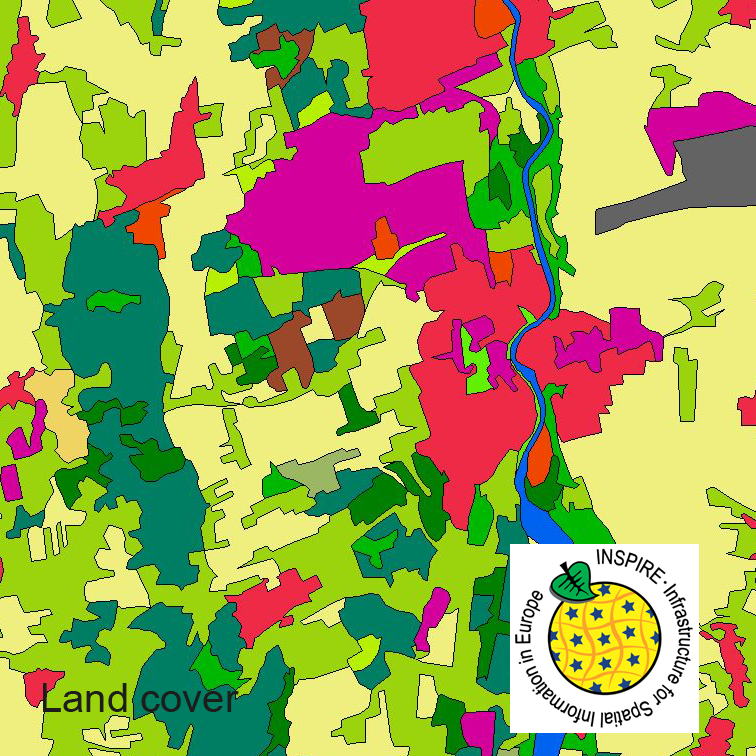land use
Type of resources
Available actions
Topics
Keywords
Contact for the resource
Provided by
Years
Formats
Representation types
Update frequencies
status
Scale
Resolution
-

This dataset clc5 (2015) describes the landscape according to the CORINE Land Cover (CLC) nomenclature. These classes contain mainly information about landcover mixed with some aspects of landuse. CLC5 is based on the more detailed German landcover model from 2015 (LBM-DE2015) which uses separate classes for landcover and landuse and attribute-information about percentage of vegetation and sealing. The mimimum unit for an object is 1 ha. For the CLC5 dataset landcover and landuse classes are combined to unique CLC-classes taking into account the percentage of vegetation and sealing , followed by a generalisation process.
-

This dataset clc5 (2012) describes the landscape according to the CORINE Land Cover (CLC) nomenclature. These classes contain mainly information about landcover mixed with some aspects of landuse. CLC5 is based on the more detailed German landcover model from 2012 (LBM-DE2012) which uses separate classes for landcover and landuse and attribute-information about percentage of vegetation and sealing. The mimimum unit for an object is 1 ha. For the CLC5 dataset landcover and landuse classes are combined to unique CLC-classes taking into account the percentage of vegetation and sealing , followed by a generalisation process.
-

This dataset clc5 (2018) describes the landscape according to the CORINE Land Cover (CLC) nomenclature. These classes contain mainly information about landcover mixed with some aspects of landuse. CLC5 is based on the more detailed German landcover model from 2018 (LBM-DE2018) which uses separate classes for landcover and landuse and attribute-information about percentage of vegetation and sealing. The mimimum unit for an object is 1 ha. For the CLC5 dataset landcover and landuse classes are combined to unique CLC-classes taking into account the percentage of vegetation and sealing , followed by a generalisation process.
-
Der Datensatz „INSPIRE BW Bodennutzung Flächeninformation und Online-Antrag FIONA“ stellt die Bodennutzung von landwirtschaftlich genutzten Flächen dar. Die Polygone zeigen die Grenzen einer, im Rahmen des Gemeinsamen Antrages, gemeldeten Nutzung. Die Polygone können die Objekteigenschaften „Kulturgruppe “, „Nutzungsart “, „Dauergrünland“, „Anbaudiversifizierung “, „Ökologische Vorrangfläche“ und „Flächenförderung nach FAKT“ haben. Die Daten werden im Rahmen der Gemeinsamen Agrarpolitik der EU erhoben und sind Bestandteil des Verwaltungssystems von Baden-Württemberg. Ein Polygon liegt nur dann vor, wenn die landwirtschaftliche Fläche im Gemeinsamen Antrag beantragt worden ist. Die Polygone wurden anonymisiert.
-
Der Datenbestand enthält aus ALKIS abgeleitete Daten für das INSPIRE-Thema Existierende Bodennutzung gemäß INSPIRE-Datenspezifikation.
 POC 3.12
POC 3.12